Introduction
Zongzi, the beloved traditional Chinese rice dumpling wrapped in bamboo leaves, holds a cherished place in culinary culture, particularly during the Dragon Boat Festival. These pyramid-shaped treats, filled with ingredients like glutinous rice, pork, mushrooms, and beans, are a labor of love. However, for those who purchase or prepare zongzi in advance and freeze them, a common question arises: How long does it take to cook frozen zongzi to perfection? This article delves into the science, techniques, and tips for cooking frozen zongzi, ensuring that every bite is tender, aromatic, and safe to consume. Whether you’re a novice cook or a seasoned home chef, this guide will equip you with the knowledge to master this timeless dish.
The Science Behind Cooking Frozen Zongzi
Cooking frozen zongzi is not merely a matter of time—it’s a delicate balance of heat transfer, moisture retention, and structural integrity. When zongzi are frozen, the water within the rice and fillings forms ice crystals. During cooking, these crystals must melt, and the starches in the glutinous rice must rehydrate and gelatinize to achieve the signature sticky texture. However, overcooking can lead to mushiness, while undercooking leaves the rice grainy and the filling undercooked. Understanding the factors that influence cooking time is crucial.
Factors Affecting Cooking Time
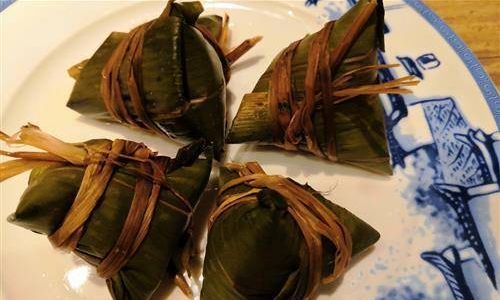
- Size and Thickness: Larger zongzi, or those with denser fillings, require longer cooking times. A standard-sized zongzi (approximately 100–150 grams) will cook faster than a jumbo variant.
- Filling Composition: Zongzi filled with meat or fatty ingredients may need slightly more time to ensure the filling reaches a safe internal temperature.
- Freezing Method: Zongzi frozen quickly and at consistently low temperatures retain moisture better, reducing cooking time compared to those frozen inconsistently.
- Altitude: At high altitudes, water boils at lower temperatures, which can extend cooking time.
- Cooking Method: Boiling, steaming, pressure cooking, and microwaving each yield different results and timelines.
Cooking Methods for Frozen Zongzi
Boiling: The Traditional Approach
Boiling is the most common method for cooking zongzi, as it evenly distributes heat and moisture.
Steps:
- Preparation: Fill a large pot with enough water to submerge the zongzi completely. Add a pinch of salt to enhance flavor and prevent the leaves from splitting.
- Heating: Bring the water to a rolling boil over high heat.
- Adding Zongzi: Gently place the frozen zongzi into the boiling water. Ensure they are fully submerged to prevent uneven cooking.
- Cooking Time:
- Small Zongzi (80–100g): 25–35 minutes.
- Medium Zongzi (120–150g): 35–45 minutes.
- Large Zongzi (180g+): 45–60 minutes.
- Testing Doneness: Pierce a zongzi with a fork or skewer. The rice should be tender, and the filling should be hot throughout. For accuracy, use a food thermometer—the internal temperature should reach 165°F (74°C).
Pro Tips:
- Avoid overcrowding the pot; cook in batches if necessary.
- Maintain a gentle simmer after the initial boil to prevent the zongzi from breaking apart.
Steaming: Preserving Moisture and Flavor
Steaming is ideal for retaining the zongzi’s natural aromas and preventing waterlogging.
Steps:
- Preparation: Place a steamer basket in a pot or wok. Add water just below the basket’s base.
- Heating: Bring the water to a boil.
- Adding Zongzi: Arrange the frozen zongzi in the basket, leaving space between them for steam circulation.
- Cooking Time:
- Small Zongzi: 30–40 minutes.
- Medium Zongzi: 40–50 minutes.
- Large Zongzi: 50–70 minutes.
- Testing Doneness: The leaves should peel away easily, and the rice should be sticky but not gummy.
Pro Tips:
- Line the steamer basket with parchment paper or cabbage leaves to prevent sticking.
- Replenish the water midway through cooking to maintain steam.
Pressure Cooking: Speed and Efficiency
Pressure cookers drastically reduce cooking time by trapping steam and increasing internal pressure.
Steps:
- Preparation: Place the frozen zongzi in the pressure cooker with 1–2 cups of water.
- Sealing: Lock the lid and ensure the valve is sealed.
- Cooking Time:
- High Pressure: 15–20 minutes for small zongzi; 20–25 minutes for medium/large.
- Natural Release: Allow the pressure to release naturally for 10 minutes before opening the lid.
Pro Tips:
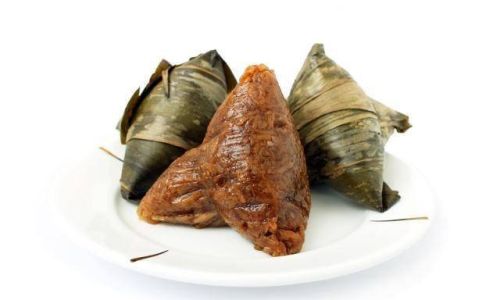
- Avoid overfilling the cooker; leave at least 25% of the space empty.
- Check for doneness immediately after releasing pressure, as residual heat continues cooking.
Microwaving: The Quick Fix
While not ideal for large batches, microwaving suits individual servings.
Steps:
- Preparation: Wrap each frozen zongzi in a damp paper towel to prevent drying.
- Heating: Place on a microwave-safe plate.
- Cooking Time:
- Defrost Mode: 3–5 minutes per zongzi.
- High Power: 2–3 minutes per side (flip halfway).
Pro Tips:
- Let the zongzi rest for 1–2 minutes after microwaving to distribute heat evenly.
- Avoid overcooking, as microwaves can dry out the rice.
Common Mistakes to Avoid
- Insufficient Water: Using too little water when boiling can lead to uneven cooking and scorched zongzi.
- Overcooking: Extended boiling or steaming can cause the rice to disintegrate.
- Ignoring Internal Temperature: Relying solely on time rather than temperature risks foodborne illness.
- Thawing Before Cooking: While optional, thawing reduces cooking time but may compromise texture.
Troubleshooting Guide
- Undercooked Rice: Increase cooking time by 5–10 minutes and check again.
- Mushy Texture: Reduce heat to a simmer and avoid overcrowding the pot.
- Split Leaves: Ensure the water level is sufficient and the heat is gentle.
- Dry Zongzi: Steam for 5–10 minutes after boiling to rehydrate.
Storing and Reheating Leftovers
- Freezing: Wrap cooked zongzi in plastic wrap and aluminum foil, then freeze for up to 3 months.
- Reheating: Thaw overnight in the refrigerator, then steam or boil for 10–15 minutes.
Serving Suggestions
- Pair with sweet or savory condiments like soy sauce, chili oil, or sugar.
- Serve with a side of green tea to cleanse the palate.
- For a modern twist, slice and pan-fry zongzi until crispy.
Cultural Significance of Zongzi
Beyond its culinary appeal, zongzi embodies centuries of tradition. Legend has it that the dish originated to honor Qu Yuan, a patriotic poet who drowned himself in the Miluo River. Locals threw rice dumplings into the water to prevent fish from eating his body, a ritual that evolved into the Dragon Boat Festival. Today, zongzi symbolizes unity, resilience, and the preservation of cultural heritage.
Conclusion
Cooking frozen zongzi to perfection is an art that balances patience, technique, and respect for tradition. By understanding the nuances of each cooking method and adjusting for variables like size and altitude, you can ensure that every zongzi you serve is a testament to culinary mastery. Whether you prefer the simplicity of boiling, the precision of pressure cooking, or the speed of microwaving, this guide equips you with the knowledge to achieve flawless results. So, the next time you unwrap a frozen zongzi, remember that with the right approach, you’re not just cooking a meal—you’re honoring a legacy.
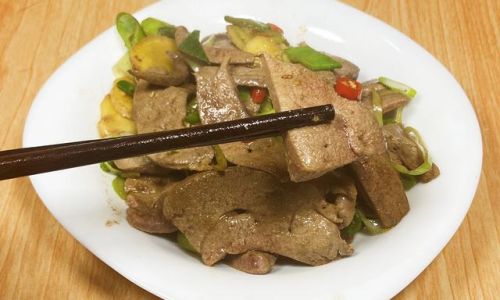
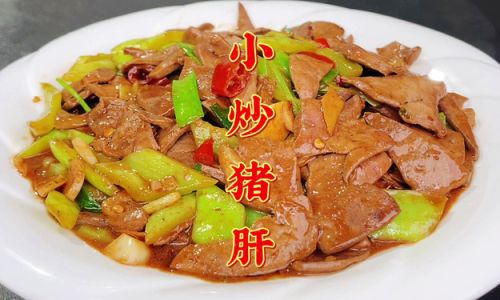
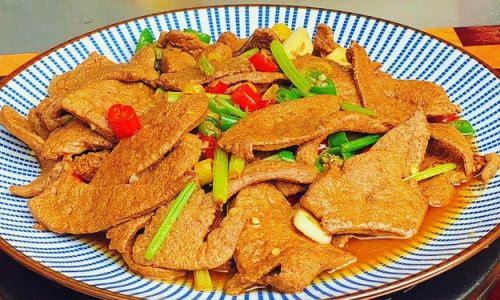
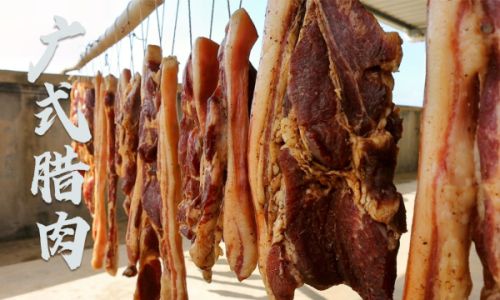
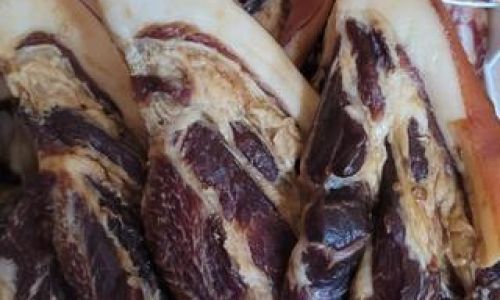
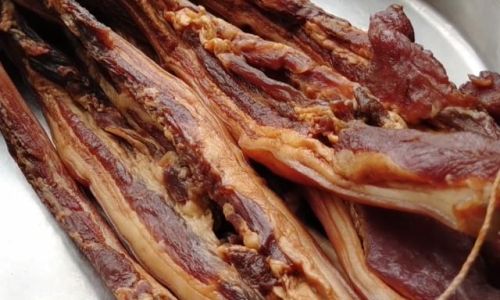
0 comments